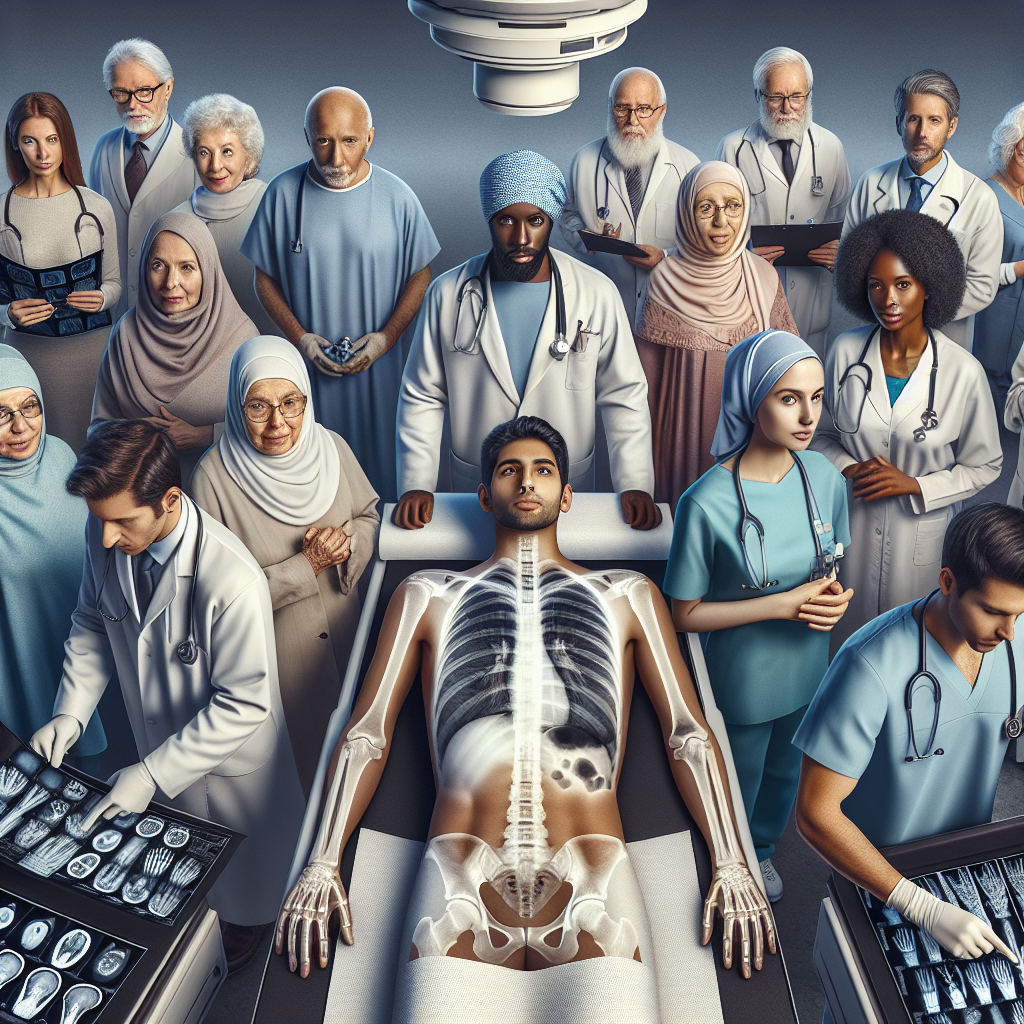Introduction
Have you ever wondered why your healthcare provider referred you to radiology? Radiology is a critical medical specialty that uses advanced imaging techniques to diagnose and treat various medical conditions. In this article, we will explore the reasons why you may be referred to radiology and the essential role it plays in healthcare.
Table of Contents
- Reasons for Referral to Radiology
- Importance of Radiological Tests
- Radiology and Diagnosis
- Radiology and Treatment
- Conclusion
Reasons for Referral to Radiology
There can be several reasons why your healthcare provider may refer you to radiology:
- Diagnostic Purposes: Radiology is often used to obtain detailed images of the body’s internal structures. These images can help healthcare professionals identify and diagnose various medical conditions such as fractures, tumors, infections, and abnormalities.
- Monitoring and Follow-up: Radiological tests may be necessary to monitor the progress of a medical condition or to assess the effectiveness of a treatment. For example, patients with cancer may undergo regular imaging scans to monitor the size and spread of tumors.
- Suspected Conditions: If you are experiencing specific symptoms or have risk factors for certain conditions, your healthcare provider may recommend radiological tests to confirm or rule out a diagnosis. For instance, if you have persistent chest pain, a chest X-ray or computed tomography (CT) scan may be ordered to check for potential heart or lung problems.
- Preventive Screening: Radiological tests can also be used for preventive purposes, especially for detecting conditions in their early stages when treatment is more effective. Mammograms for breast cancer screening and colonoscopies for colorectal cancer screening are common examples of preventive radiology.
Importance of Radiological Tests
Radiological tests play a crucial role in modern medicine as they provide valuable information that cannot be obtained through physical examinations alone. These tests help healthcare providers make accurate diagnoses and develop appropriate treatment plans for their patients. Here’s why radiology is so important:
- Non-Invasive and Painless: Many radiological tests are non-invasive and painless, making them a preferred method for diagnosing various conditions. For example, an ultrasound uses sound waves to create images of internal organs, eliminating the need for surgical procedures.
- Detailed Imaging: Radiology allows healthcare professionals to obtain detailed images of the body’s organs, tissues, and bones. These images provide valuable insights into the structure and function of the body, helping to identify abnormalities or diseases that may not be visible on the surface.
- Guidance for Procedures: Radiology also plays a critical role in guiding minimally invasive procedures. For instance, interventional radiology uses imaging techniques to guide the insertion of catheters or needles for biopsies, tumor ablations, and other therapeutic procedures.
- Safe and Effective: Radiological tests have been extensively studied and proven to be safe and effective when performed by trained professionals. The benefits of accurate diagnosis and appropriate treatment outweigh the minimal risks associated with radiation exposure in most cases.
Radiology and Diagnosis
When it comes to diagnosis, radiology is an invaluable tool for healthcare providers. By examining radiological images, doctors can detect and evaluate various conditions, such as:
- Cancers
- Fractures and bone injuries
- Heart and lung diseases
- Brain abnormalities
- Abdominal and gastrointestinal disorders
- Joint and muscle injuries
These images provide critical information that helps doctors determine the appropriate course of action, whether it’s surgery, medication, or other treatments. Radiology helps healthcare providers make informed decisions and provide the best possible care for their patients.
Radiology and Treatment
Radiology is not only essential for diagnosis but also plays a significant role in the treatment of various medical conditions. Here are a few examples of how radiology is used in treatment:
- Radiation Therapy: Radiology is used in radiation therapy to treat cancers and other conditions. High-energy X-rays and other forms of radiation are directed at the affected area to destroy cancer cells and shrink tumors.
- Image-Guided Procedures: Interventional radiology utilizes imaging techniques to guide minimally invasive procedures, such as biopsies, angioplasty, and stent placement. This approach reduces the need for open surgeries and promotes faster recovery.
- Targeted Drug Delivery: In certain cases, radiologists can use imaging techniques to guide the delivery of medication directly to the affected area, minimizing side effects and maximizing the effectiveness of the treatment.
Conclusion
Radiology plays a critical role in healthcare by providing valuable diagnostic information and assisting in the treatment of various medical conditions. Radiological tests are non-invasive, painless, and offer detailed imaging of the body’s internal structures, allowing healthcare providers to make accurate diagnoses and develop effective treatment plans. So the next time you are referred to radiology, remember the important role it plays in your healthcare journey.


